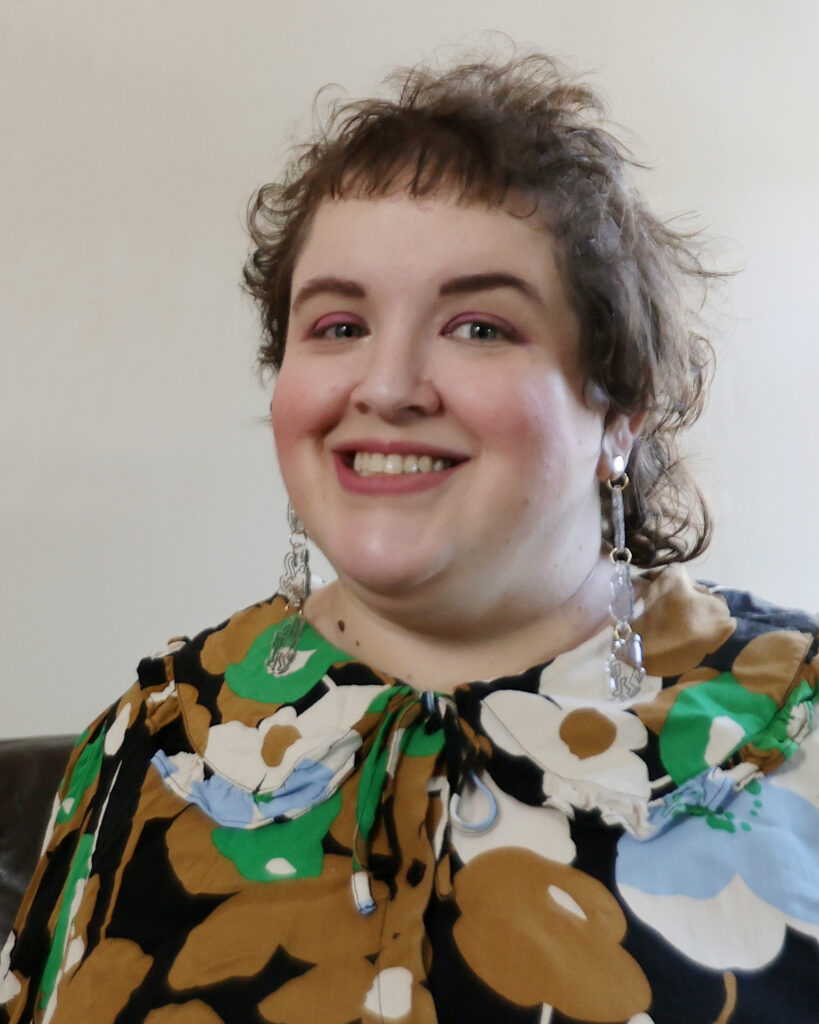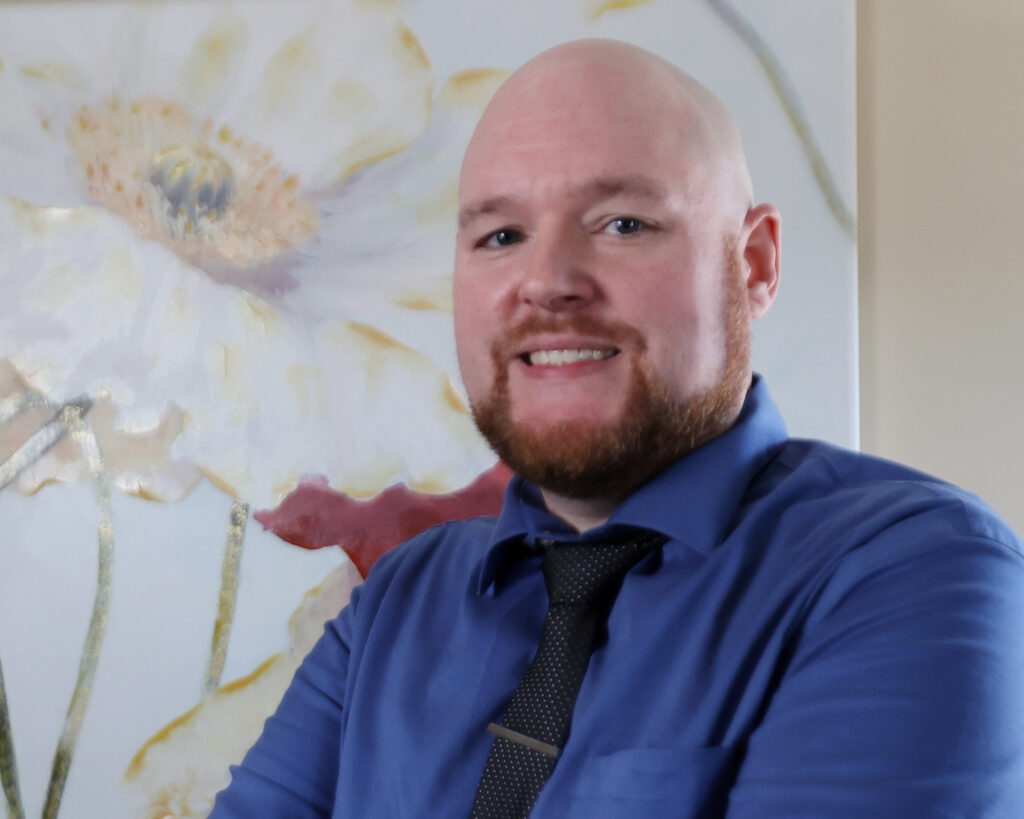Substance Use Treatment
We believe in creating a treatment path that’s completely personalized for your own unique recovery needs.
We treat individuals struggling with alcoholism, drug use and addiction through trauma work, shame resilience and Eye Movement and Desensitization and Reprocessing (EMDR).
Substance use and trauma are almost always intertwined. We work to safely process the experiences that influenced that path you’ve been on up until now.
Beginning at your initial appointment, we will start the process of gathering information and collaborate with you to create a treatment plan that will address the specific issues you are struggling with.


How It Works
client-centered
In client-centered therapy the client and therapist have reciprocal communication. This means the therapist provides a non-judgmental space where clients can freely explore their feelings and concerns, aims to understand the client’s perspective and guides them toward self-discovery and growth.
personalized
Your therapist will gather information and create a customized treatment plan based on your unique situation and needs. This may include supplemental services or referrals to specialists.
non-judgmental
We recognize that we are all doing the best we can with what we have in this moment. Our best may not look the same as someone else’s on any given day and we are not here to judge or compare.
substance use treatment approaches:
01 Eye Movement Desensitization Reprocessing (EMDR)
EMDR is a therapeutic approach developed by Francine Shapiro, PhD, primarily used to treat trauma-related disorders such as post-traumatic stress disorder (PTSD), but can also be applied to other conditions such as anxiety, depression, and phobias.
The main components of EMDR involve recalling distressing memories while simultaneously focusing on external stimuli that stimulate rapid eye movements, auditory tones or tapping. This dual attention helps the brain process the traumatic memories in a way that reduces their emotional intensity and allows the individual to integrate them more adaptively.
02 Cognitive Behavioral Therapy (CBT)
Cognitive Behavioral Therapy (CBT) is a type of talk therapy that focuses on changing people’s thoughts and behaviors that are causing them suffering and problems in living. CBT works from the theory that the way people perceive and react to past and current situations directly influences their emotions and patterns of behaviors. CBT seeks to identify problematic thoughts and replace them with more adaptive ways of thinking and behaving. Changing one’s perceptions of themselves, others, and the world can have a significant effect on changing one’s mood, emotions, and behaviors. Negative ingrained thoughts are often so automatic that people have limited awareness of them yet they remain a powerful influence on the person’s life.
CBT has long shown to be quite effective in treating many mental health problems and is the basis for many other types of therapy.
abct.org
03 Art Therapy
In art therapy, individuals are encouraged to explore and express their thoughts, feelings, and experiences through various art forms such as drawing, painting, sculpting, and collage.
The goal of art therapy is not necessarily to create “artistic” or visually pleasing works, but rather to use the creative process as a means of communication and self-discovery. Through creating art, individuals can gain insights into their emotions, develop coping skills, increase self-esteem, and enhance their overall quality of life.
Our Clinicians
We are proud to have a team of compassionate, empathetic and highly professional clinicians here at Columbus Counseling Group. Below are members of our team that specialize in substance use, addiction and recovery.
Gabrielle Brooks, LPCC, AT
SPECIALTIES — Trauma, drug and alcohol recovery, grief, surivors of human trafficking, LGBTQ+ population
Gabrielle is a Licensed Professional Counselor, EMDR Certified Therapist and Art Therapist. She is a Columbus native who is active and engaged within her community, as well as a member of the LGBTQ+ community. Gabrielle utilizes Cognitive Behavioral Therapy, Art Therapy, and EMDR to adapt to the needs of each client at each session. She believes in the power of creative expression and being the author of your own story as a path to healing.


Nick Gomulinski, LISW-S
SPECIALTIES — Borderline Personality Disorder (BPD), depression, life stressors, adverse childhood experiences & trauma, addictions, anxiety
Nick is a Licensed Independent Social Worker with a Supervision designation. He is intensively trained in DBT and informed in prolonged exposure (DBT-PE). He believes the positive connection and constructive feedback between client and therapist is the foundation to successful treatment. To foster this, he leans on DBT, Internal Family Systems, and components of Play Therapy.

Bobbie Kuhn, LSW, LICDC
SPECIALTIES — Depression, anxiety, addiction, self esteem and self worth difficulties, trauma, PTSD
Bobbie is a compassionate, and down-to-earth Licensed Social Worker. She draws from evidence-based approaches including Cognitive Behavioral Therapy (CBT) and Motivational Interviewing, while always tailoring your work together to fit your unique story, cultural background, and personal goals. She believes in meeting you exactly where you are—without judgment—and working at a pace that feels comfortable for you

Getting Started With Therapy
Whether you’re making a referral or you are ready to become a client yourself, we’ll help you to get started.
Because everyone’s situations and needs are different, we customize the onboarding of each new client. We’ll have you fill out a brief online form and we’ll reach out to get you or your referral client informed and scheduled for the first session.